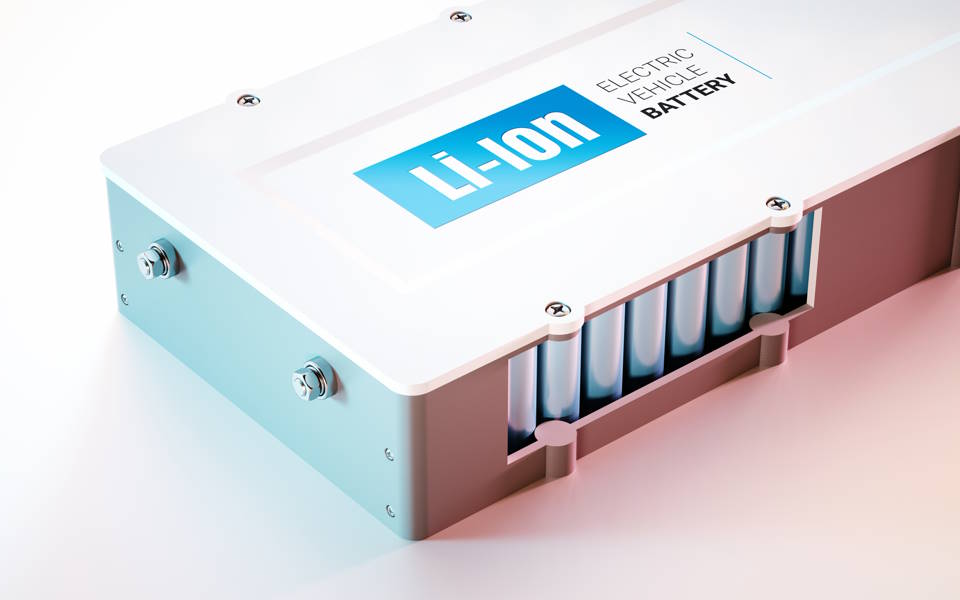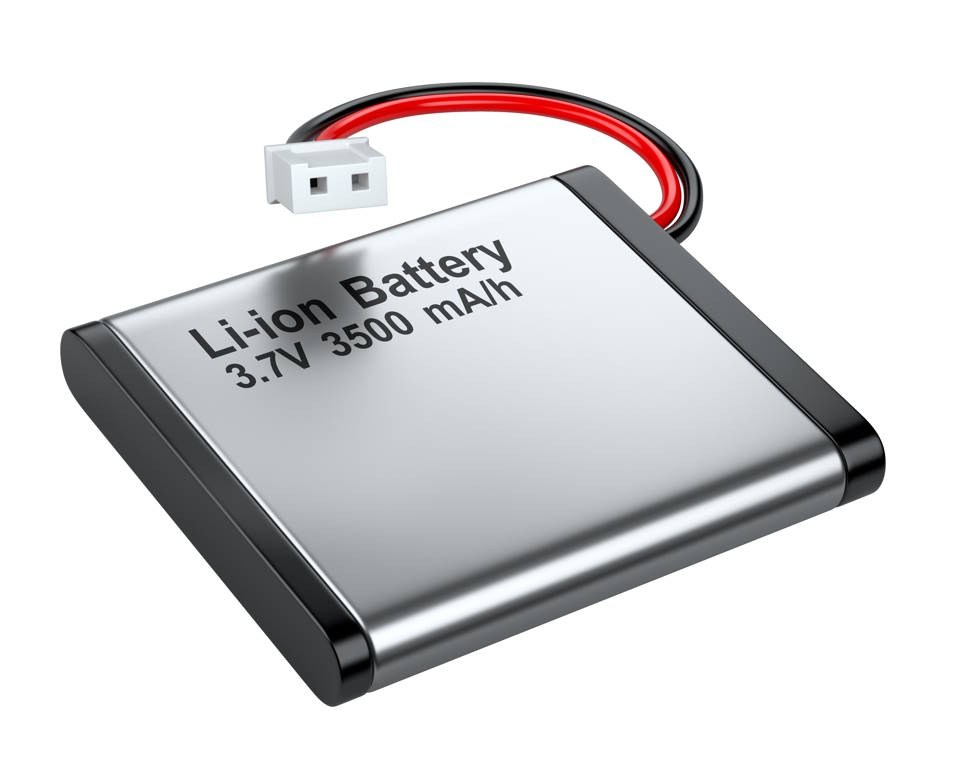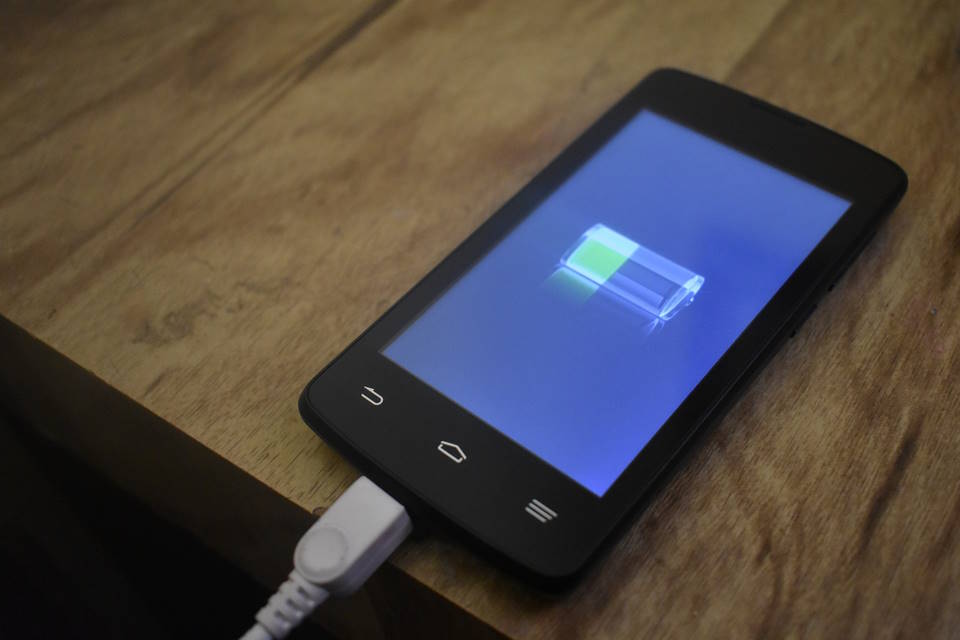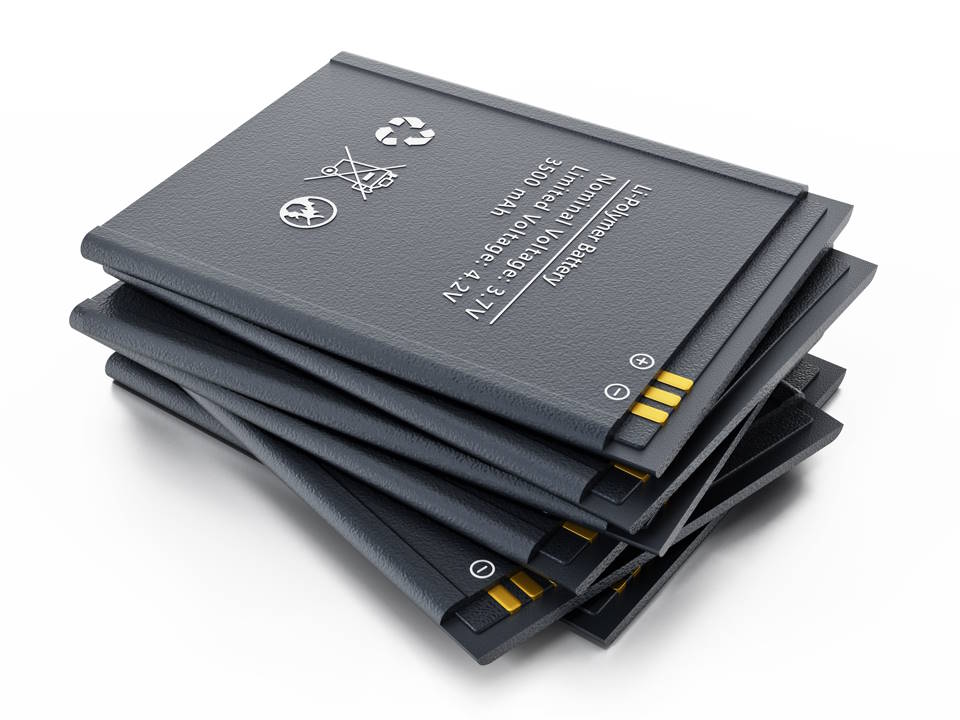Lithium batteries are a crucial component of a wide range of devices, from smartphones to electric vehicles. However, like all batteries, they eventually require recharging to maintain their optimal performance. It’s important to be aware of the signs that indicate when it’s time to recharge your lithium battery to prevent unexpected shutdowns or damage to the battery itself. In this blog post, we will discuss the five key signs that indicate your lithium battery needs to be recharged. From decreased battery life to overheating, being aware of these signs can help you prolong the lifespan of your battery and ensure your devices continue to operate at their best. So, let’s take a closer look at each of these signs to better understand when it’s time to recharge your lithium battery.Is your phone suffering from decreased battery life, slow charging, or overheating? Discover solutions to common smartphone performance issues.
Decreased Battery Life

If you’ve noticed that your device’s battery life is not lasting as long as it used to, it may be a sign that your lithium battery needs to be recharged. Over time, lithium batteries can lose their ability to hold a charge, resulting in a shorter battery life. This can be frustrating, especially if you rely on your device throughout the day. If you find yourself having to recharge your device more frequently than usual, it may be time to consider recharging or replacing the battery.
One way to determine if your device’s battery life is diminishing is to track how long the battery lasts on a full charge. If you notice a significant decrease in the amount of time your device can run on a single charge, it may be time to address the issue. Additionally, keep an eye on the battery indicator on your device. If it seems to be draining more quickly than usual, this could also indicate a decrease in battery life.
There are a few factors that can contribute to decreased battery life, such as overcharging, exposure to high temperatures, or simply the natural aging of the battery. However, it’s important to address this issue to ensure that your device continues to function optimally. Whether it’s recharging the battery or seeking a replacement, taking action can help improve the overall performance of your device.
In conclusion, decreased battery life can be a clear indication that your lithium battery needs to be recharged or replaced. By paying attention to the signs of diminishing battery life, you can take the necessary steps to address the issue and ensure that your device continues to meet your needs.
Slow Charging

When your lithium battery is experiencing slow charging, it can be a sign that it needs to be recharged. Slow charging can be a result of various factors such as using a low-quality charging cable or adapter, charging your device at extreme temperatures, or simply having an old and worn-out battery. It’s important to address slow charging issues promptly to avoid further damage to your battery.
In some cases, slow charging can also be caused by software issues or background applications draining the battery while it’s still connected to the charger. It’s important to regularly update your device’s software and close any unnecessary apps to ensure an efficient charging process. Additionally, using a certified and compatible charger and cable can help alleviate slow charging problems.
If you notice that your device takes an unusually long time to reach a full charge, it’s essential to investigate the root cause of the slow charging. Ignoring this issue can lead to a depleted battery, which may ultimately diminish the overall performance and lifespan of your lithium battery.
It’s also advisable to check for any physical damage to the charging port or the battery itself. Sometimes, debris or dust can accumulate in the charging port, hindering the charging process. Cleaning the port and ensuring a secure connection between the cable and the device can help improve the charging speed.
Addressing slow charging promptly can extend the longevity of your lithium battery and ensure that your device operates optimally. By identifying and resolving slow charging issues, you can maintain a consistent and reliable charging experience for your electronic devices.
Diminished Performance

If you’ve noticed that your device is not performing as well as it used to, this could be a sign that your lithium battery needs to be recharged. Diminished performance can manifest in various ways, such as slower processing speed, lagging applications, or reduced overall responsiveness. This can be frustrating for users who rely on their devices for work or entertainment, so it’s important to address this issue promptly.
Another indicator of diminished performance is the frequent freezing or crashing of your device. These disruptions can be extremely disruptive and can interfere with your daily tasks. If you find that your device is crashing or freezing more often than usual, it may be time to recharge your lithium battery.
In addition, if your device takes longer to boot up or shut down, it could be a sign of a declining battery. Diminished performance in terms of startup and shutdown times can be a clear indication that your lithium battery is in need of recharging.
Lastly, if you notice that your device’s display is flickering or dimmer than usual, it may be a sign of a dwindling battery. A diminished performance of the display can indicate that the battery is unable to provide the necessary power to maintain an optimal screen brightness.
Overheating

One of the main signs that your lithium battery needs to be recharged is overheating. If your device feels excessively warm to the touch, especially during normal use or charging, it could indicate that the battery is not functioning as it should. Overheating can also be a safety hazard, as it increases the risk of fire or explosion. Therefore, it’s important to address this issue as soon as possible.
Another indication of an overheating battery is a sudden decrease in the overall performance of your device. If you notice that your device is running slower than usual or experiencing more frequent crashes, it could be due to the excessive heat produced by the lithium battery. Over time, this can also lead to irreversible damage to the device’s internal components, so it’s crucial to address the issue promptly.
In addition to affecting the performance of your device, overheating can also lead to a decreased battery life. When a battery overheats, it puts extra strain on its cells, causing them to degrade more quickly. This can result in a shorter overall battery lifespan, requiring more frequent recharging and ultimately diminishing the device’s usability.
Finally, overheating can trigger the low battery indicator to appear more frequently, even if the battery was recently charged. This is because the excessive heat can cause the battery to drain at a faster rate, leaving you with a seemingly diminished performance and a low battery indicator despite having a full charge.
Low Battery Indicator

One of the most obvious signs that your lithium battery needs to be recharged is the low battery indicator. When your device shows a low battery warning, it means that the battery power has dropped to a level where it can no longer support normal device operation. This is a clear indication that it’s time to plug in your device and recharge the battery.
Ignoring the low battery indicator and continuing to use your device can lead to sudden shutdowns and potential damage to the battery. It’s important to respond to the low battery warning promptly to ensure the longevity of your lithium battery.
Whether it’s your smartphone, laptop, or any other device, the low battery indicator should never be overlooked. So, the next time you see that warning pop up, make sure to connect your device to a power source and recharge the lithium battery.



